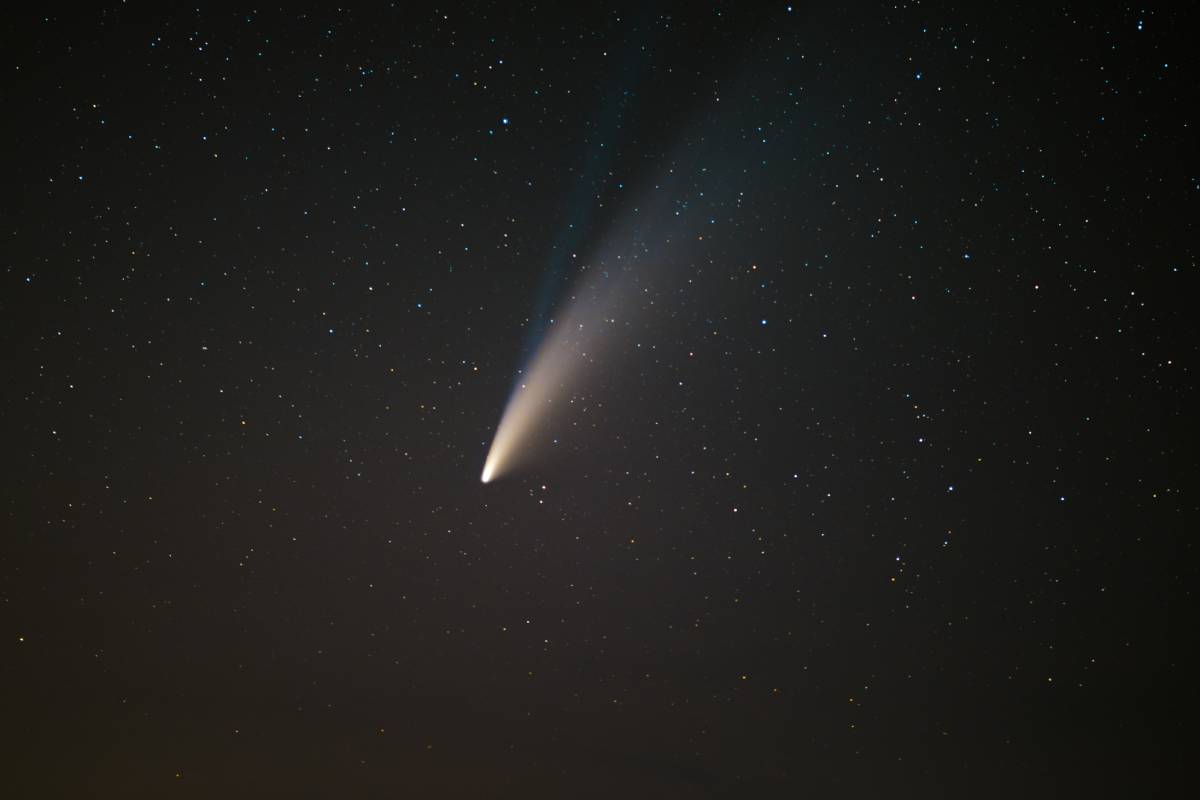A star fragment from a supernova, LP 40-365, speeding out of the Milky Way galaxy at close to 2 million MPH
Scientists have just spotted one of the fastest-moving stars known to date, and it might provide valuable answers about the cosmos. Martha Stewart (yes, really) reports that Boston University researchers have studied a star fragment from a supernova, LP 40-365, speeding out of the Milky Way galaxy at close to 2 million MPH. While that it in itself is relatively rare, the researchers have also noticed that it’s spinning unusually slowly for a supernova remnant at 8.9 hours for a full rotation.
The team determined that the repeated, rapid changes in brightness were likely due to the surface rotating into view. All stars spin, but that process is accelerated for any star pieces surviving a violent explosion like this.
The observation has provided clues as to the likely origins of the fragment. LP 40-365 was likely part of a white dwarf star ‘feeding’ on the mass of a partner in a binary system. As the two stars were spinning so closely and quickly, both of them were likely flung outward when LP 40-365’s star exploded.
The composition of the star could also provide insights. Intact stars are normally made from hydrogen and helium, but this leftover is mostly composed of metal. The reactions from the supernova produced more complex elements, researchers said.
The shard represents a rare opportunity to study a phenomenon that science was only ready to consider a few years ago. It also provides a more complete picture of how supernovas behave — they’ve never been tidy, but it’s now clearer just how messy they can be.
